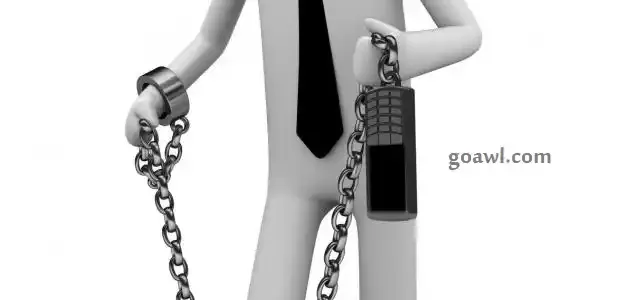obsessive
Obsessive-compulsive disorder (OCD) is defined as a type of mental illness that people suffer from, and it appears on them in the form of obsessive thoughts, obsessions, and repetitive compulsive behaviors. In a negative way, where obsessive-compulsive disorder can affect a person's social life, job, or school, and prevent the practice of normal life, as a person's thoughts and actions are beyond his control, for example, some people appear to have obsessive in the form of obsessive thinking, as The person constantly thinks that he or a member of his family may be harmed if they do not dress in the same order every morning, or that they should wash hands seven times if they touch something dirty, as this becomes an obligatory habit that cannot be abandoned, even if people try to
Getting rid of obsessive
Obsessive-compulsive disorder is treated through medication, psychotherapy, or both, and the response to treatment varies from one person to another. Body dysmorphic disorder, which is a disorder related to the person affected by the false belief that a part of his body is deformed. A statement of the two types of treatment as follows
Psychotherapy
Psychological treatment for obsessive-compulsive disorder includes cognitive behavioral therapy which is effective for many people. Such as dirt, for example, then training and teaching him healthy ways to help him get rid of his fears, and despite the fact that this type of treatment requires practice and effort, it is nice to be able to manage his obsessions and thoughts, and it should be noted that the treatment may be individual, or family , or collectively
drug therapy
Pharmacotherapy is based on a type of antidepressant, known as a selective serotonin reuptake inhibitor, which helps treat OCD by increasing the level of serotonin in the brain. Pharmacotherapy requires a longer period than psychotherapy. Until the results begin to appear, some other psychological medications can also be used to treat OCD, but antidepressants are used as the first line of treatment, and among the most prominent antidepressants that can be used in the treatment of OCD are the following:
- Clomipramine, which can be given to adults and children over the age of 10.
- Fluoxetine, which is given to adults and children over the age of seven.
- Fluvoxamine, which is given to adults and children over eight years old.
- Paroxetine, which is for use only in adults.
- Sertraline, which is given from six years of age.
Obsessive types
- Verification: that is, the frequent checking of things to avoid damage, such as checking water taps, gas switches, door locks, and appliances frequently.
- Mental pollution: This type of obsessive-compulsive disorder can be described as an urgent need to wash things, fear of contamination, or illness in the absence of cleaning repeatedly.
- Ownership: This is summarized by the inability to get rid of old possessions, or those that do not have any value.
- Rumination: This means obsessive and extended thinking about broad topics, such as: the beginning of the universe and death.
- Intrusive thoughts: Intrusive thoughts are often violent and terrifying, and may include harming and violating others.
- Symmetry and regularity: so that things must be arranged according to a certain pattern.
Obsessive Causes
The real reason behind OCD in people is still unknown, and some different factors can be likely, such as exposure to a head injury, infections, or defects in the functions of certain areas of the brain, and genetics plays a clear role in that, and on the other hand, it is not possible to Neglecting exposure to physical or sexual violence as a factor that increases the risk of developing OCD. It should be noted that OCD can be diagnosed at the age of twenty, while the onset of symptoms is delayed until the age of thirty.
Obsessive symptoms
The symptoms of obsessive-compulsive disorder fall under two main headings, and they can be described as follows
common obsessions
The following matters fall under this heading:
- Persistent fears of dirt, contamination, or germs.
- Constant feeling of excessive order, symmetry, and precision.
- Excessive doubt, feeling a constant need for reassurance.
- Excessive fear of making mistakes, embarrassment, or behaving in a socially inappropriate manner.
- A person's fear of having wrong or evil thoughts.
- Exaggerated fear of harming others.
common motives
The common motives are:
- Urgent need to shower frequently, or wash hands.
- Repeating certain words, phrases, or prayers.
- Commitment to the idea of counting either mentally, or aloud while performing routine tasks.
- Keeping things in a certain and fixed order that does not change, such as: eating food in a certain order.
- Hold on to things, such as words, pictures, or ideas, that are usually upsetting.
- Keeping things that have no clear moral or material value.
- Belief that certain tasks must be performed a certain number of times.
- Be very careful not to touch the door handles, or refuse to shake hands.
- Inspect things, and check them frequently, such as checking locks and oven keys.


